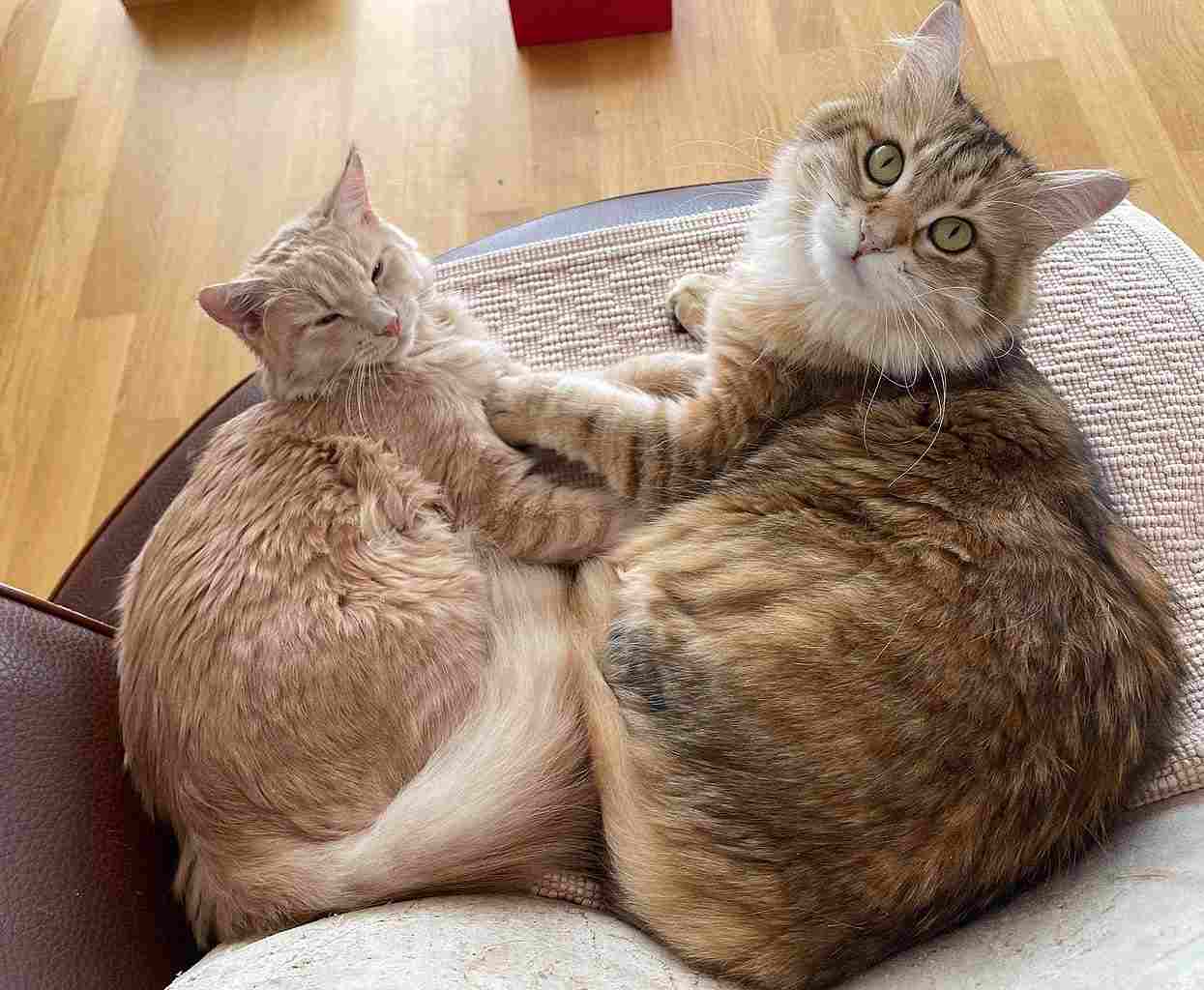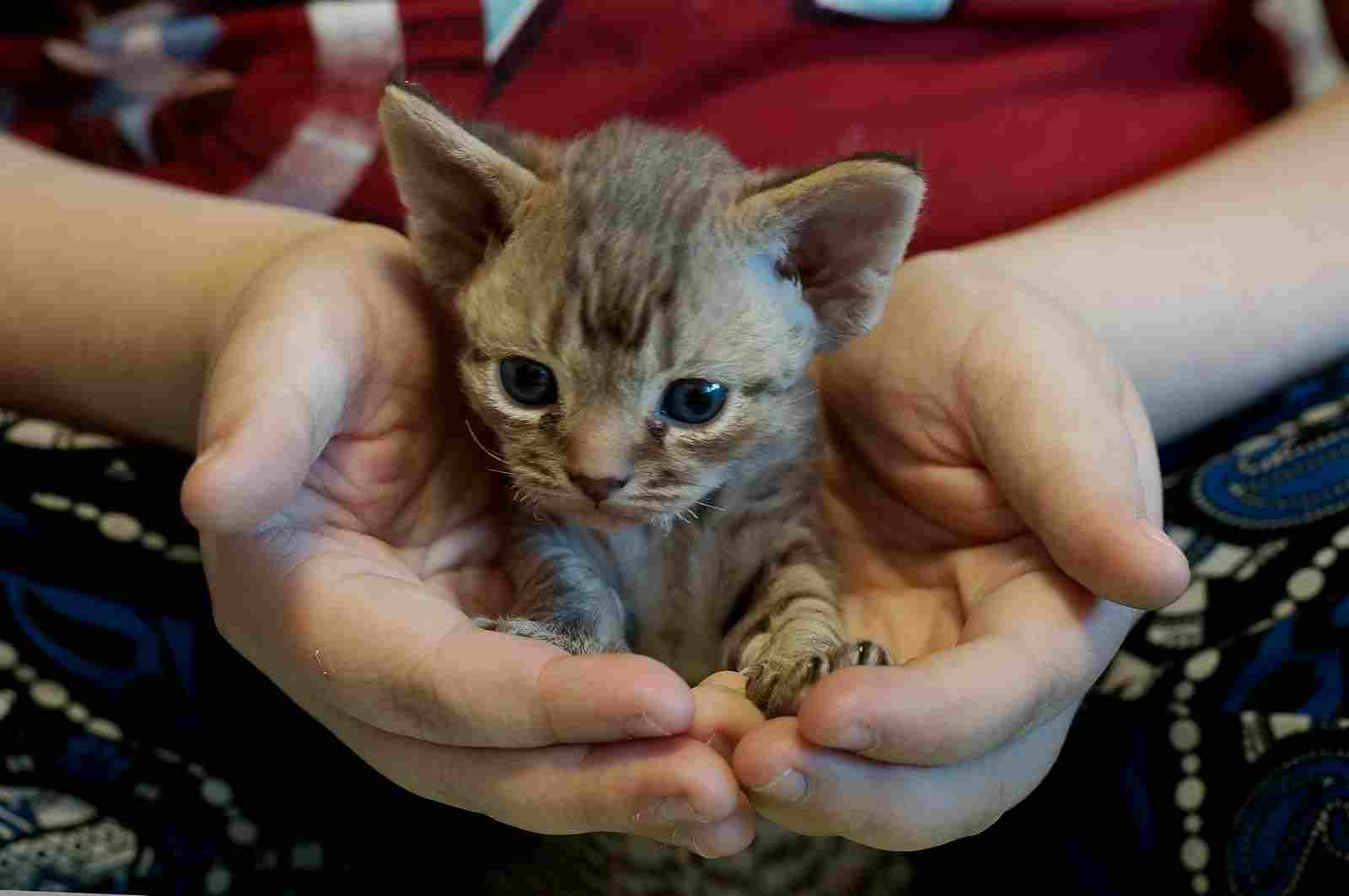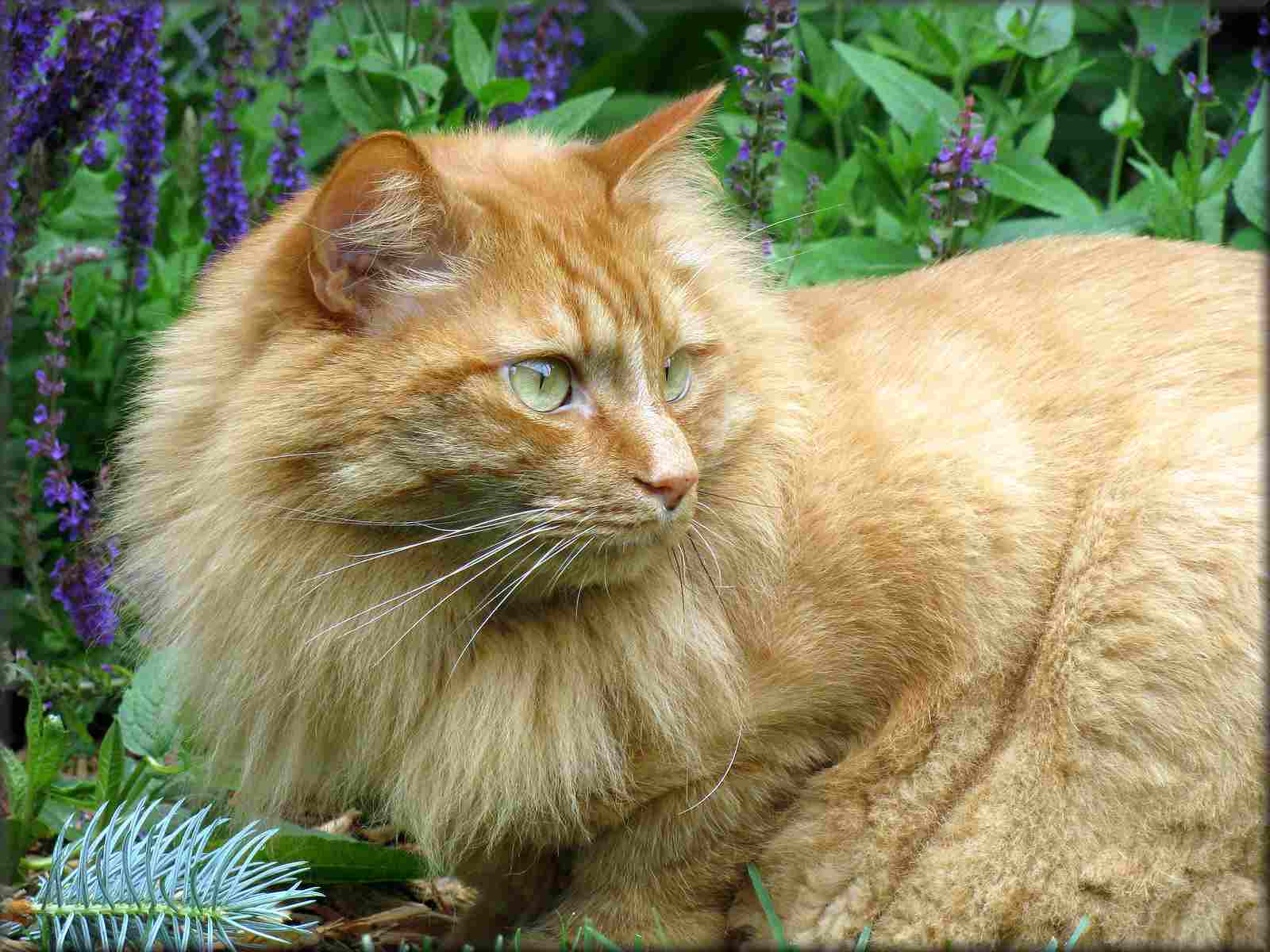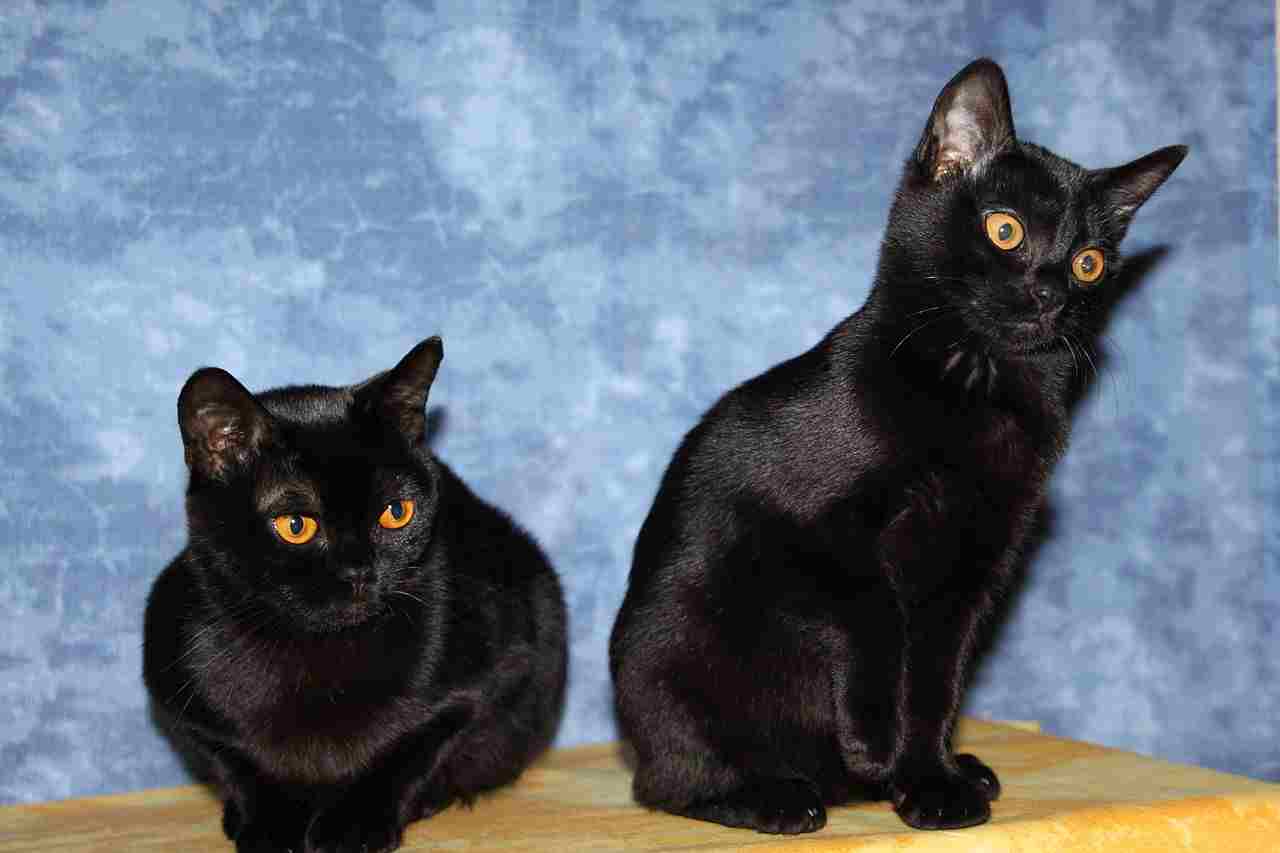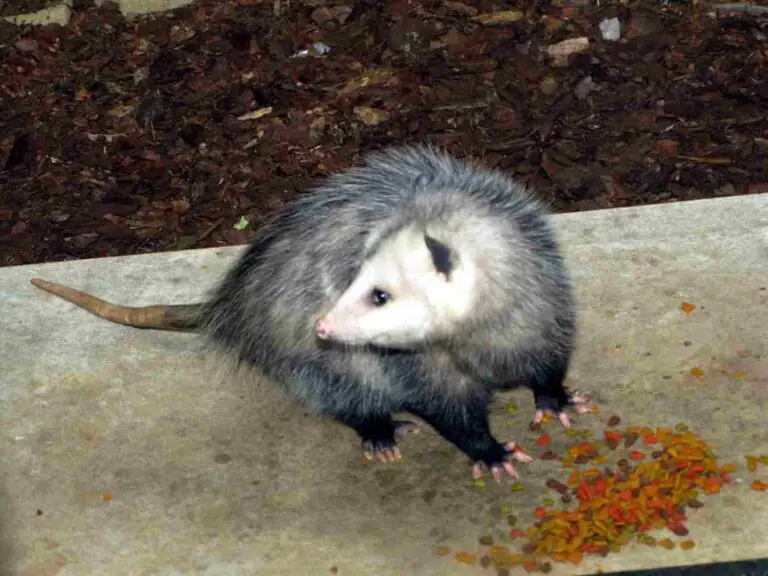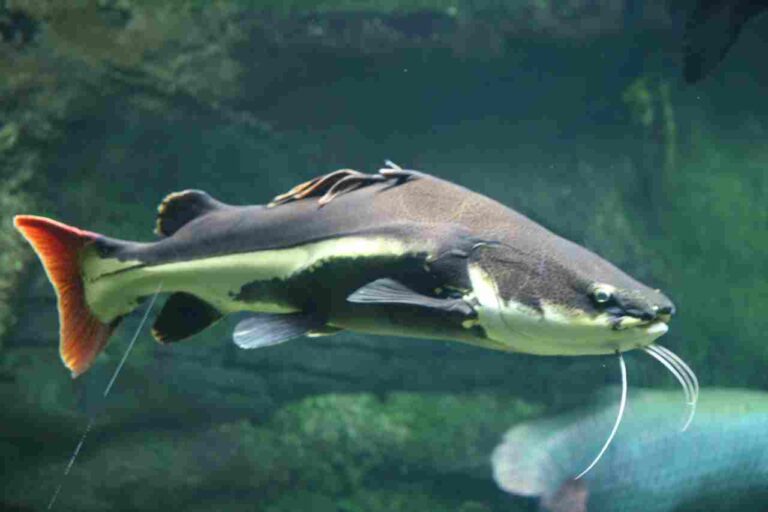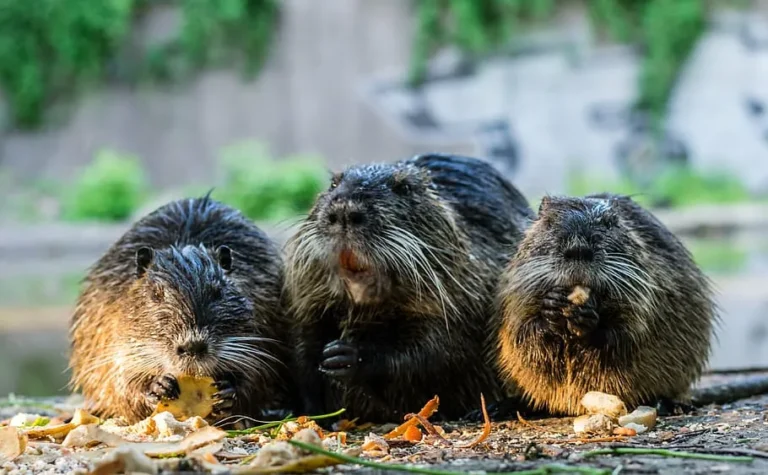Chartreux Cat Vs Russian Blue Price, Personality, Overall Comparison
Exploring the distinctions between the Chartreux and Russian Blue cats unveils unique characteristics in their physical attributes, appearance, and temperament. While both breeds share a similar personality, the Chartreux stands out with its sturdier build, broader rounded head, and distinctive orange-colored eyes. In contrast, Russian Blues have green eyes and a slightly different head structure. Despite these differences, both breeds exhibit an affectionate nature. Chartreux cats tend to be quieter and more attentive, while Russian Blues may be slightly more reserved. The pricing for Chartreux cats is generally higher, starting at $1000 and above, while Russian Blues may be priced around $700.
Chartreux vs Russian Blue: Navigating Feline Distinctions
I. Physical Build:
– Chartreux cats are recognized for their sturdier build, contributing to a robust and well-muscled physique. Russian Blues, while elegant, may have a more slender and agile appearance.
II. Eye Color:
– One notable difference lies in the eye color. Chartreux cats boast distinctive orange-colored eyes, while Russian Blues exhibit captivating green eyes, adding to the unique charm of each breed.
III. Head Structure:
– The Chartreux cat features a broader, rounded head, setting it apart from the Russian Blue, which may have a more refined head structure. These variations contribute to the distinct appearance of each breed.
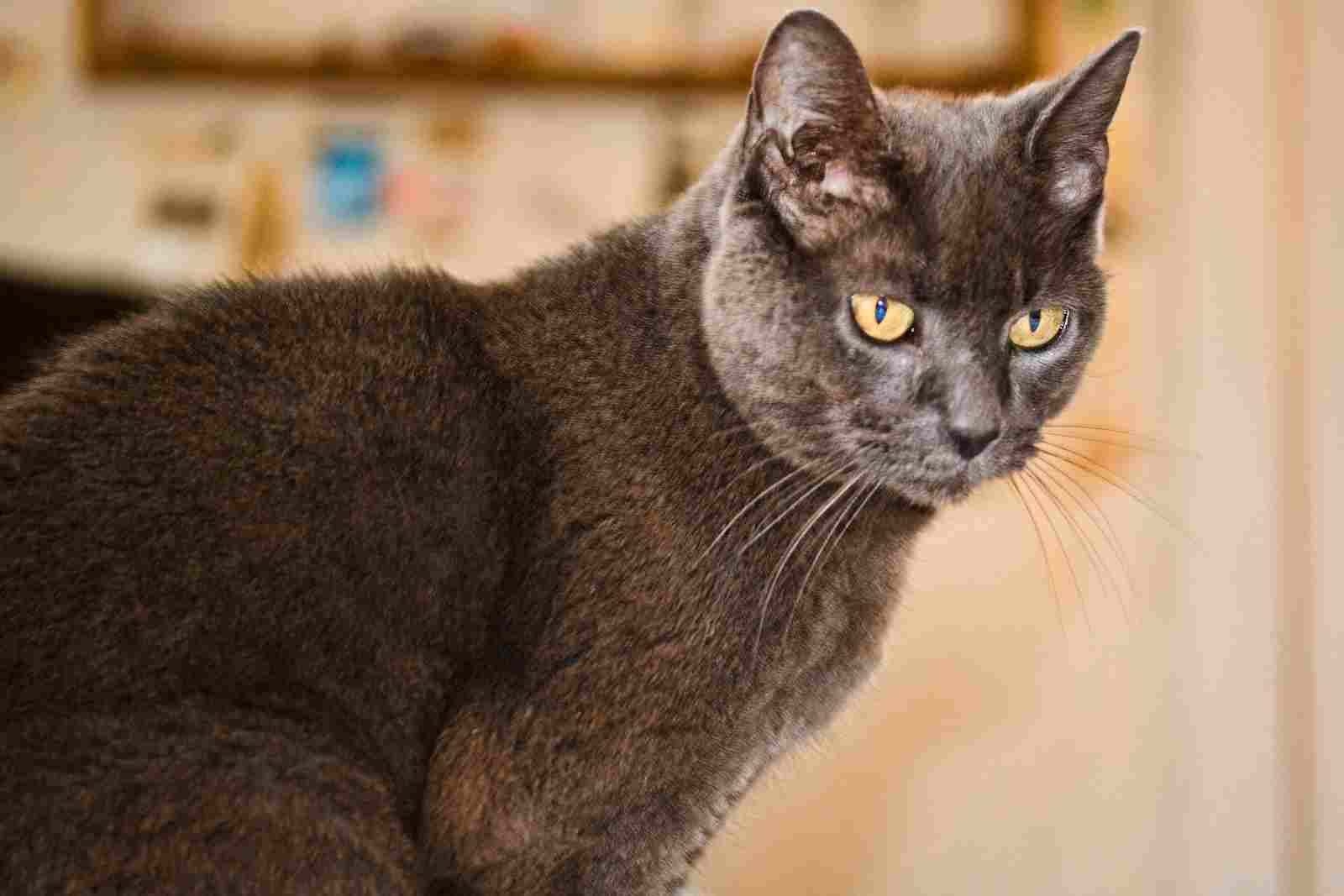
IV. Personality Similarities:
– Both the Chartreux and Russian Blue breeds share a similar personality characterized by affectionate and gentle traits. However, subtle differences exist in their temperaments.
V. Quiet and Affectionate Chartreux:
– Chartreux cats tend to be quieter, more affectionate, and attentive to their owners. Their calm demeanor and loving nature make them well-suited for companionship in various living environments.
VI. Reserved Nature of Russian Blues:
– Russian Blue cats may exhibit a slightly more reserved nature compared to the Chartreux. While affectionate, they may take a little more time to warm up to new people or environments.
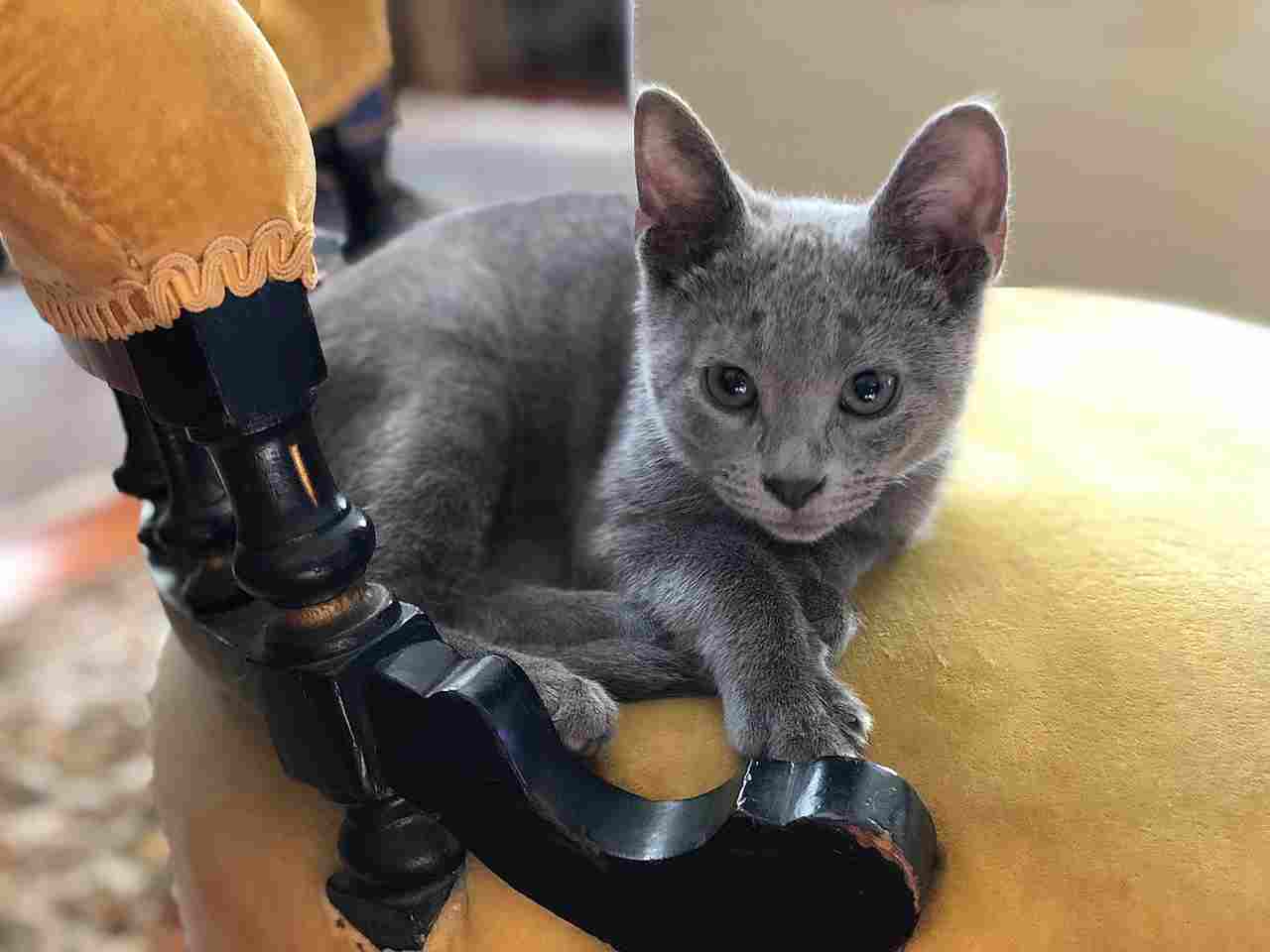
VII. Ear Characteristics:
– Chartreux cats have shorter ears with more rounded tips, contributing to their overall facial structure. Russian Blues, in contrast, may have slightly longer ears with a different ear tip shape.
VIII. Pricing Distinctions:
– Chartreux cats are generally priced higher, starting at $1000 and above, reflecting their unique characteristics and demand. Russian Blue kittens may be priced around $700, making them an attractive option for those seeking a specific budget.
IX. Appreciating Breed Diversity:
– Understanding the unique attributes of Chartreux and Russian Blue cats allows potential owners to appreciate the diversity within these breeds. Each cat brings its own distinct qualities, enriching the experience of feline companionship.
*Details of Comparison
| Criteria | Chartreux Cat | Russian Blue |
| Taxonomy | Kingdom: Animalia, Phylum: Chordata, Class:… |
Kingdom: Animalia, Phylum: Chordata, Class:…
|
| Appearance | Short, dense, blue-gray fur, Large, rounded,… |
Short, dense, silver-blue double coat, Large,…
|
| Size | Medium to large | Medium |
| Weight | M: 10-16 lbs, F: 6-12 lbs |
M: 10-12 lbs, F: 7-10 lbs
|
| Personality | Affectionate, playful, independent |
Reserved, gentle, intelligent
|
| Relative Price/Cost | Higher cost due to rarity |
Moderately priced, more common
|
| Grooming Requirements | Low-maintenance |
Minimal, regular brushing
|
| Health Concerns | Genetic issues like HCM |
Genetic issues including HCM
|
| Bite Force (PSI) | Not well-documented |
Not well-documented
|
| Physical Offense | Muscular build, sharp claws |
Agility, silent paws
|
| Physical Defense | Thick fur, alertness |
Slender build, camouflage
|
| Speed | Approx. 30 mph | Approx. 25 mph |
| Agility | Remarkable agility |
Highly agile, precise movements
|
| Senses | Good night vision, keen hearing, strong smell |
Excellent night vision, acute hearing, smell
|
| Physical Capacity | Sturdy build, powerful muscles |
Lean build, muscular endurance
|
| Habitat Preference | Prefers cool climates |
Adaptable to various climates
|
| Tracks | Well-defined, compact prints |
May exhibit more slender, elongated prints
|
| Lifespan | 12-15 years or more | 15-20 years |
| Natural Feeding | Carnivores | Carnivores |
| Best Food as a Pet | High-quality cat food with a focus on meat |
Balanced diet with a mix of proteins
|
| Intelligence | Intelligent, quick learners |
Intelligent, problem-solving
|
| Social Behavior | Social, tolerant of other pets |
Reserved initially, adaptable
|
| Reproduction | Sexual reproduction |
Sexual reproduction
|
| Parental Behavior | Protective, nurturing | Caring, attentive |
| Proximity to Humans | Adaptable to urban and rural settings |
Adaptable to various living environments
|
Key Points
- Both breeds share a carnivorous diet, high intelligence, and sociability to varying degrees.
- Chartreux tends to be sturdier and more costly, while Russian Blue is more agile and moderately priced.
- Lifespan, grooming needs, weight, and preferred climates vary between the breeds.
- Adaptability to human-inhabited areas is a common trait.
- Paw prints, defensive strategies, and eye colors differ.
- Limited data on bite force for both breeds.
- Coat colors and textures are distinct for each breed.
1. Taxonomy
Chartreux Cat:
Kingdom: Animalia
Phylum: Chordata
Class: Mammalia
Order: Carnivora
Family: Felidae
Genus: Felis
Species: Catus
Russian Blue:
Kingdom: Animalia
Phylum: Chordata
Class: Mammalia
Order: Carnivora
Family: Felidae
Genus: Felis
Species: Catus
2. Appearance
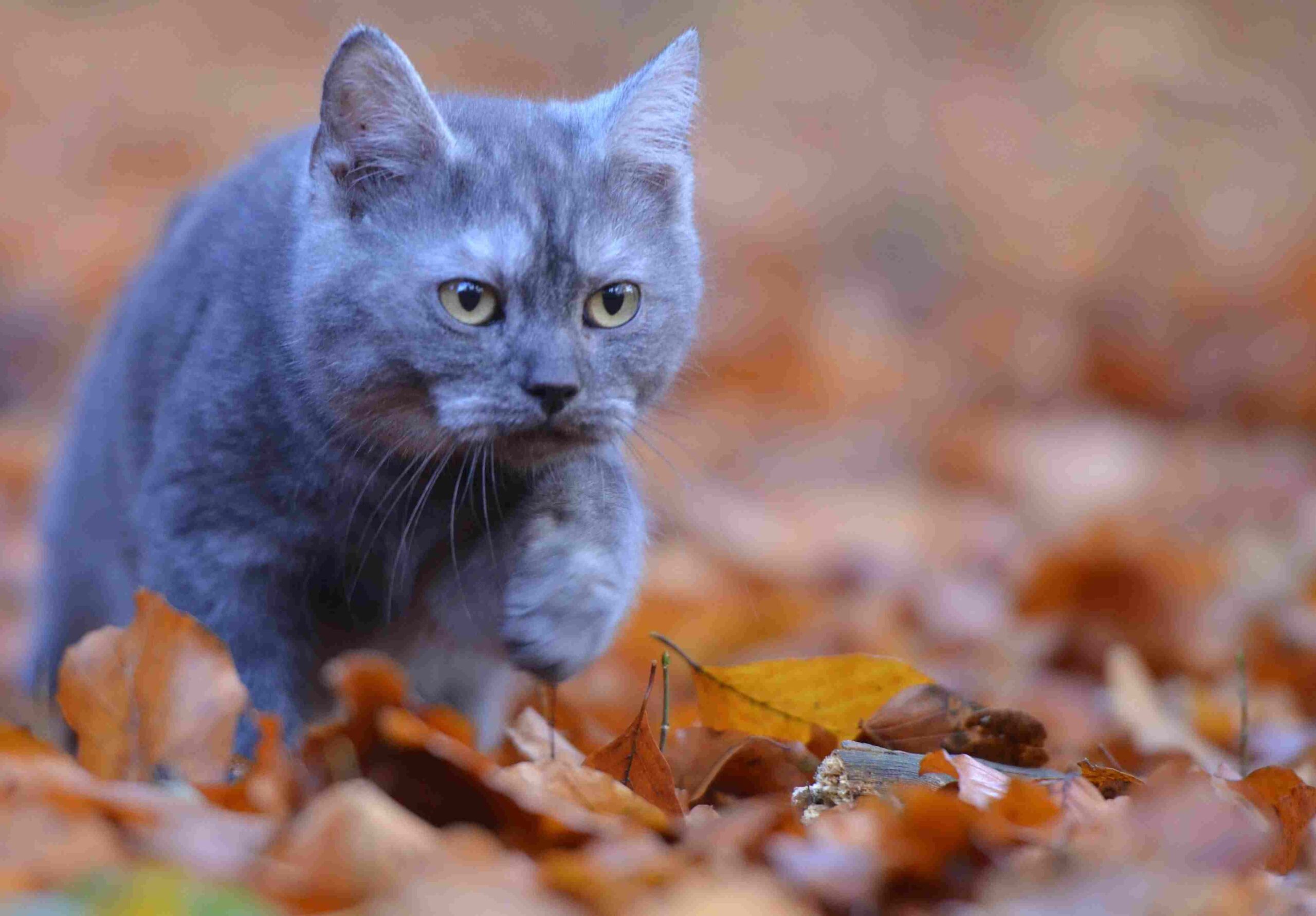
Chartreux Cat:
Coat: Short, dense, water-resistant blue-gray fur.
Eyes: Large, rounded, copper or gold.
Body: Muscular, stocky build with a broad head and small, rounded ears.
Russian Blue:
Coat: Short, dense, silky double coat in silver-blue.
Eyes: Large, almond-shaped, vivid green.
Body: Slender, graceful physique with a triangular head and large ears.
Comparison:
Chartreux: Robust, compact appearance.
Russian Blue: Graceful and elegant.
Ecological Implications:
Chartreux: Adapted for endurance and cold climates.
Russian Blue: Camouflaged in various environments, aiding in hunting.
3. Size
Chartreux Cat:
Length: Medium to large.
Height: Medium.
Russian Blue:
Length: Medium.
Height: Medium.
Comparison:
Similar sizes: Both exhibit a medium-sized frame.
Ecological Implications:
Moderate size: Allows agility in different terrains without excessive energy expenditure.
4. Weight
Chartreux Cat:
Male: 10-16 pounds.
Female: 6-12 pounds.
Russian Blue:
Male: 10-12 pounds.
Female: 7-10 pounds.
Comparison:
Chartreux: Generally heavier than Russian Blue.
Ecological Implications:
Weight variation: Reflects adaptation to different prey sizes and availability.
5. Personality
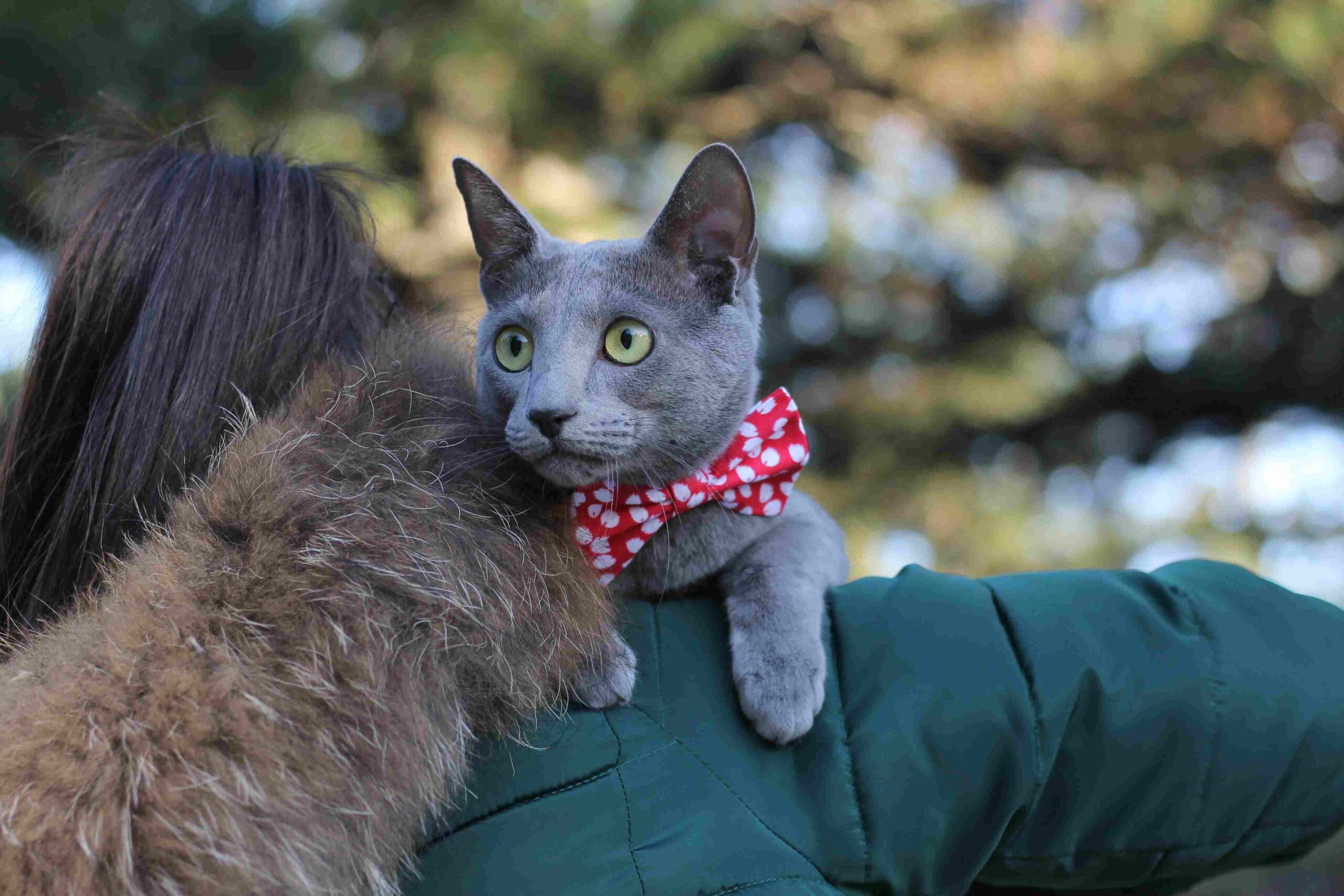
Chartreux Cat:
Affectionate: Enjoys companionship.
Playful: Engages in interactive play.
Independent: Can entertain itself.
Russian Blue:
Reserved: Initially shy around strangers.
Gentle: Typically calm and well-mannered.
Intelligent: Enjoys puzzle toys.
Comparison:
Affectionate traits: Both breeds share a love for interaction.
Ecological Implications:
Social behavior: Adapted for cooperative hunting and living in groups.
6. Relative Price/Cost
Chartreux Cat:
Cost: Generally higher due to its rarity and unique features.
Russian Blue:
Cost: Moderately priced, more common.
Comparison:
Price Range: Chartreux tends to be more expensive.
Ecological Implications:
Cost reflects demand: Rarity may be linked to specific ecological factors impacting population distribution.
7. Grooming and Maintenance Requirements
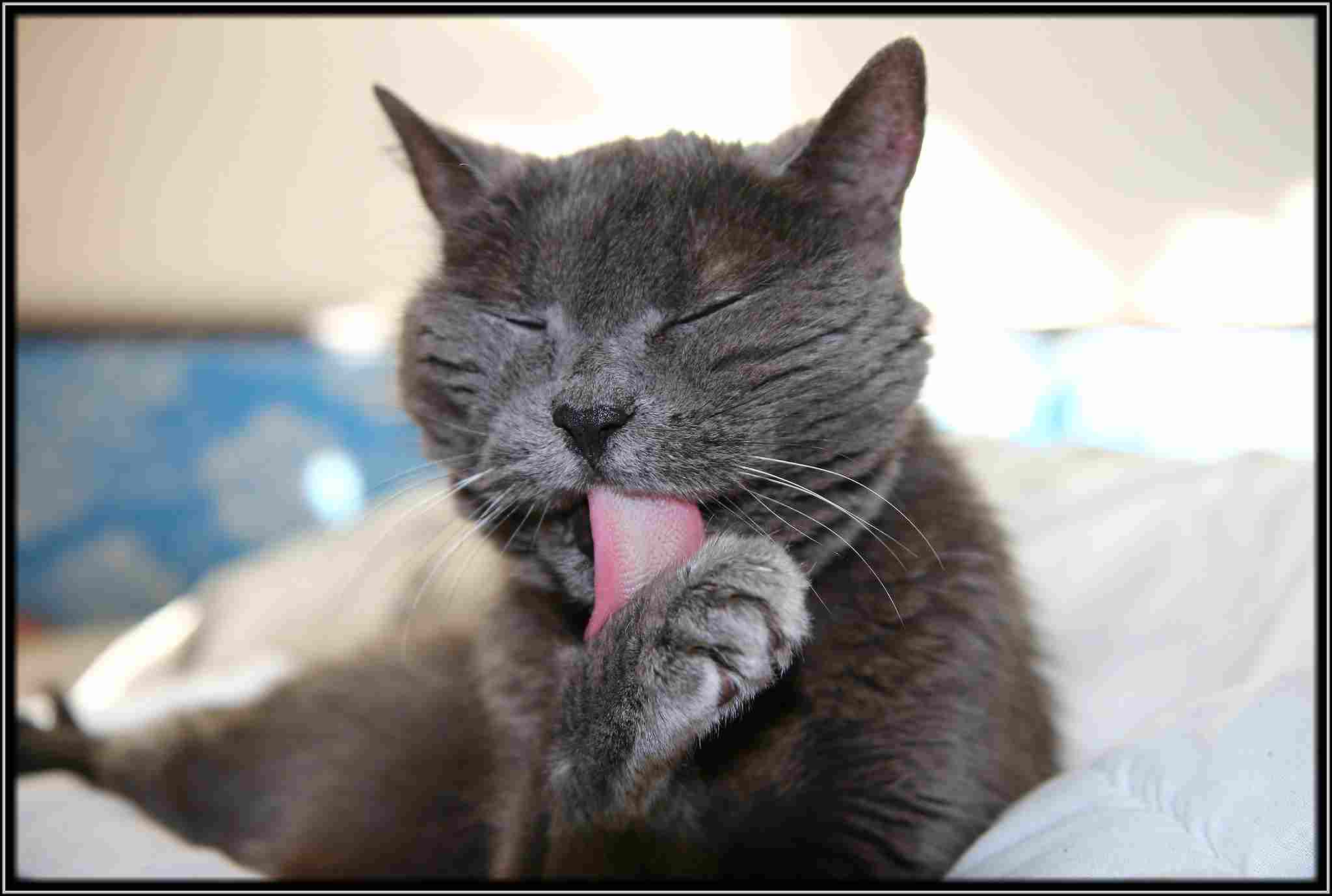
Chartreux Cat:
Grooming: Low-maintenance due to short coat.
Russian Blue:
Grooming: Minimal, regular brushing to maintain coat quality.
Comparison:
Similar grooming needs: Both breeds are relatively easy to care for.
Ecological Implications:
Grooming habits: Reflects natural adaptation to self-grooming in the wild.
8. Health Concerns
Chartreux Cat:
Genetic Issues: May have hypertrophic cardiomyopathy (HCM).
Russian Blue:
Genetic Issues: Potential for hereditary conditions like HCM.
Comparison:
Genetic predispositions: Both breeds share concerns related to heart health.
Ecological Implications:
Genetic diversity: Health concerns may relate to specific genetic traits advantageous in the wild.
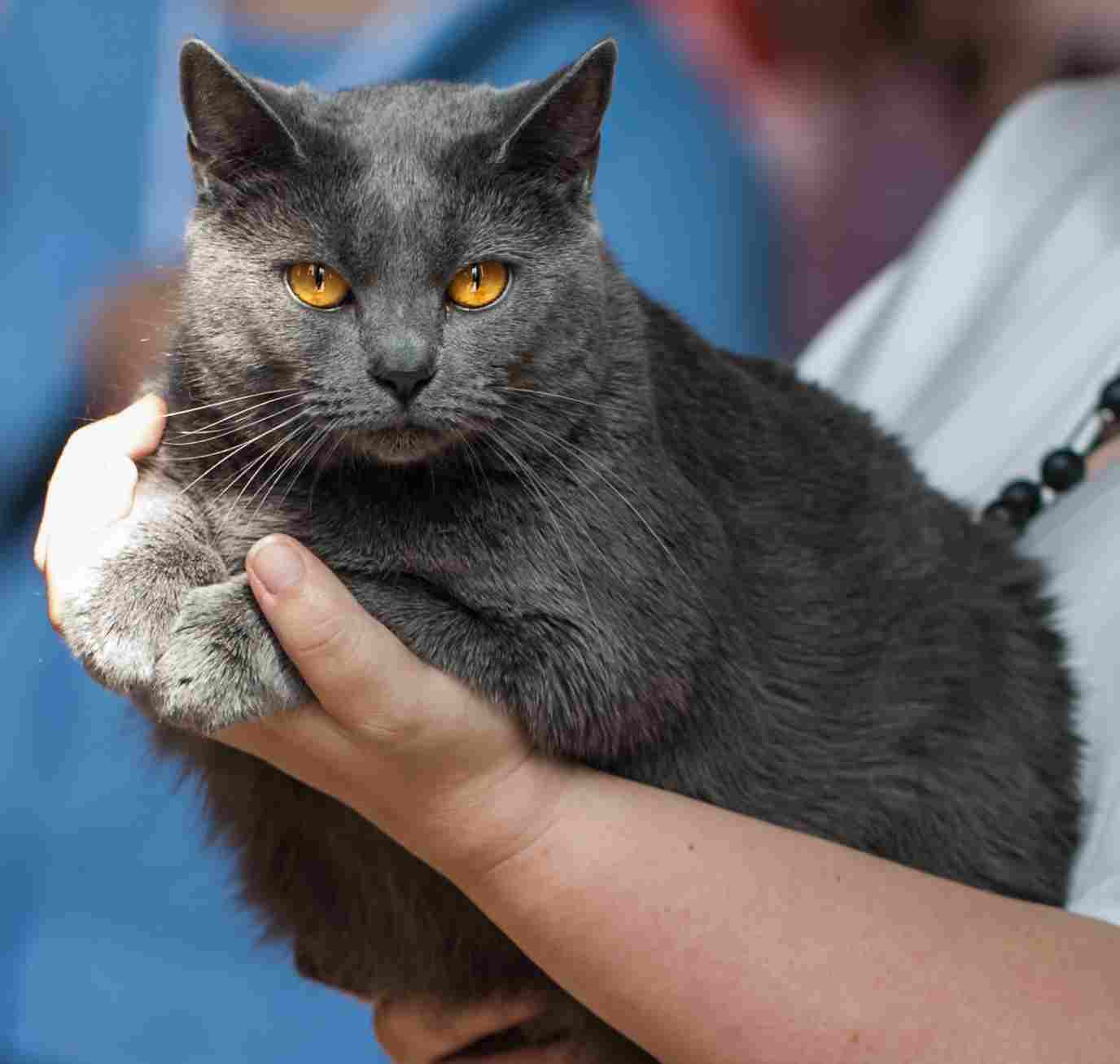
9. Bite Force (PSI)
Chartreux Cat:
Bite Force: Not well-documented.
Russian Blue:
Bite Force: Not well-documented.
Comparison:
Limited information: Lack of specific data on bite force for either breed.
Ecological Implications:
Bite force adaptation: Reflects a focus on hunting techniques rather than raw strength.
10. Physical Offensive Advantages
Chartreux Cat:
Muscular Build: Strong and agile for effective pouncing.
Sharp Claws: Well-developed claws for hunting.
Russian Blue:
Agile: Quick and nimble in movements.
Silent Paws: Soft footfalls aid in stealth during hunting.
Comparison:
Distinctive advantages: Chartreux emphasizes strength, while Russian Blue highlights agility.
Ecological Implications:
Specialized skills: Reflects adaptations to different prey and hunting strategies.
11. Physical Defensive Advantages
Chartreux Cat:
Thick Fur: Provides some protection against bites and scratches.
Alertness: Quick reflexes for evasion.
Russian Blue:
Slender Build: Allows for swift evasion.
Camouflage: Blends into surroundings for defensive purposes.
Comparison:
Diverse defense mechanisms: Each breed employs unique traits for protection.
Ecological Implications:
Survival strategies: Defense mechanisms align with their natural habitats.
12. Speed (Km/hour or Mile/hour)
Chartreux Cat:
Speed: Approximate speed of 30 mph.
Russian Blue:
Speed: Approximate speed of 25 mph.
Comparison:
Speed differences: Chartreux generally faster than Russian Blue.
Ecological Implications:
Speed adaptation: Reflects requirements for chasing prey in their respective habitats.
13. Agility
Chartreux Cat:
Agility: Remarkable agility for navigating varied terrains.
Russian Blue:
Agility: Highly agile, capable of precise movements.
Comparison:
Equal agility: Both breeds exhibit exceptional agility.
Ecological Implications:
Adaptability: Agile movements essential for successful hunting and survival.
14. Senses
Chartreux Cat:
Vision: Good night vision, adapted for low-light hunting.
Hearing: Keen sense of hearing.
Smell: Well-developed olfactory senses.
Russian Blue:
Vision: Excellent night vision.
Hearing: Acute sense of hearing.
Smell: Strong sense of smell.
Comparison:
Enhanced senses: Both breeds share heightened senses crucial for hunting.
Ecological Implications:
Adapted sensory perception: Supports effective navigation and hunting in diverse environments.
15. Overall Physical Capacity
Chartreux Cat:
Sturdy Build: Robust physique for endurance.
Powerful Muscles: Well-developed muscles for strength.
Russian Blue:
Lean Build: Designed for agility and speed.
Muscular Endurance: Capable of sustained activity.
Comparison:
Diverse capacities: Chartreux emphasizes strength, Russian Blue emphasizes agility.
Ecological Implications:
Fitness for purpose: Physical traits align with their ecological roles and hunting strategies.
16. Habitat Preference(s)
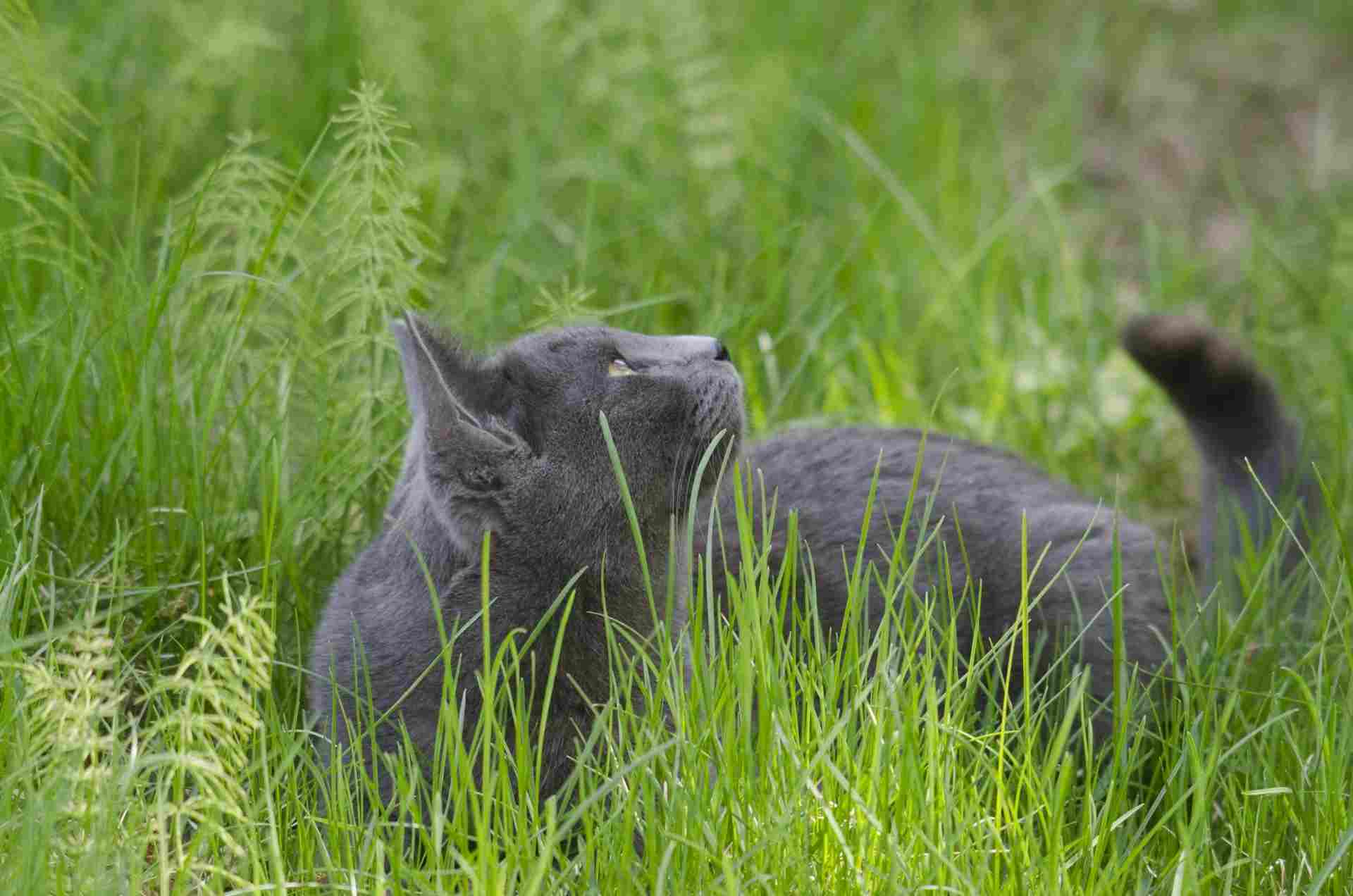
Chartreux Cat:
Prefer Cool Climates: Historically associated with regions having cooler temperatures.
Russian Blue:
Versatile: Adaptable to various climates.
Comparison:
Climate preference: Chartreux tends to thrive in cooler environments.
Ecological Implications:
Geographic distribution: Reflects historical habitat preferences and adaptations.
17. Tracks
Chartreux Cat:
Paw Prints: Typically show well-defined, compact prints.
Russian Blue:
Paw Prints: May exhibit more slender and elongated prints.
Comparison:
Distinctive prints: Differences in paw prints due to variations in build.
Ecological Implications:
Tracking adaptation: Paw prints may align with their hunting and movement styles in different terrains.
18. Lifespan
Chartreux Cat:
Lifespan: Typically 12-15 years or more.
Russian Blue:
Lifespan: Generally 15-20 years.
Comparison:
Varied Lifespan: Russian Blue tends to have a slightly longer lifespan.
Ecological Implications:
Longevity factors: May be influenced by historical life expectancy in their natural habitats.
19. Natural Mode of Feeding
Chartreux Cat:
Carnivores: Primarily hunters, relying on a meat-based diet.
Russian Blue:
Carnivores: Depend on meat for nutrition.
Comparison:
Carnivorous diet: Both breeds share a natural inclination for meat consumption.
Ecological Implications:
Predatory adaptation: Reflects their role as carnivores in the ecosystem.
20. Best Food as a Pet
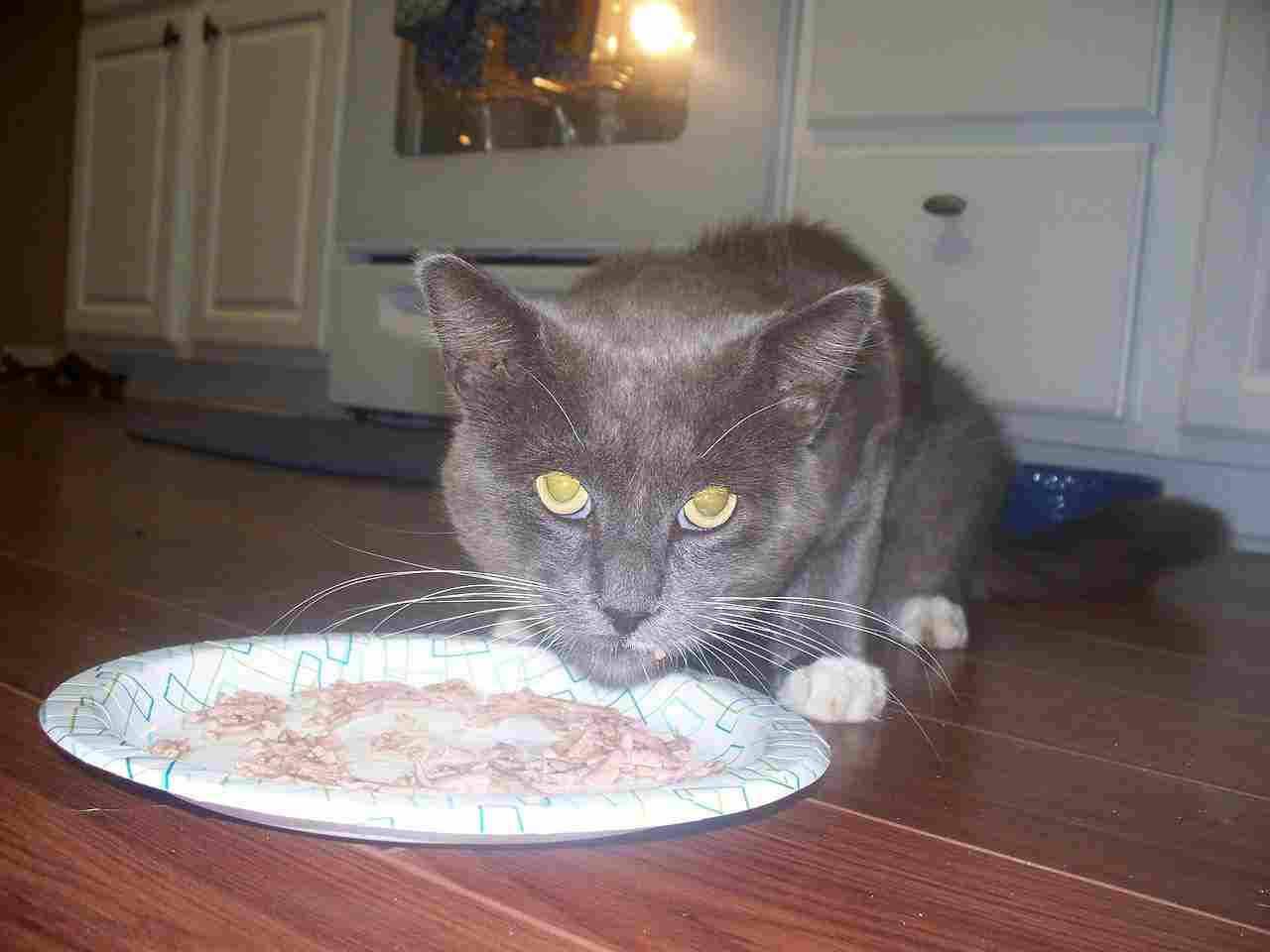
Chartreux Cat:
High-Quality Cat Food: Balanced nutrition with a focus on meat.
Russian Blue:
Balanced Diet: Quality cat food with a mix of proteins.
Comparison:
Nutritional similarities: Both breeds benefit from high-quality, protein-rich diets.
Ecological Implications:
Mimicking natural diet: Best food choices align with their carnivorous nature.
21. Intelligence
Chartreux Cat:
Intelligent: Problem-solving abilities and quick learning.
Russian Blue:
Intelligent: Known for problem-solving and learning tricks.
Comparison:
Comparable Intelligence: Both breeds exhibit high levels of intelligence.
Ecological Implications:
Cognitive adaptation: Intelligence aids in efficient hunting and adapting to changing environments.
22. Social Behavior
Chartreux Cat:
Social: Generally enjoys human company and interaction.
Tolerant: Can coexist with other pets.
Russian Blue:
Reserved: Initially shy, may take time to warm up.
Adaptable: Can adjust well to various social settings.
Comparison:
Social dynamics: Both breeds exhibit social behaviors but to different extents.
Ecological Implications:
Group dynamics: Social tendencies may reflect historical interactions within their wild communities.
23. Mode of Reproduction
Chartreux Cat:
Sexual Reproduction: Mating between males and females.
Russian Blue:
Sexual Reproduction: Mating between males and females.
Comparison:
Standard reproduction: Both breeds follow typical sexual reproduction.
Ecological Implications:
Natural breeding: Aligns with common reproductive strategies in the wild.
24. Parental Behavior
Chartreux Cat:
Protective: Can be protective of their kittens.
Nurturing: Demonstrates maternal instincts.
Russian Blue:
Caring: Shows care and attention to kittens.
Attentive: Monitors and grooms offspring.
Comparison:
Maternal instincts: Both breeds display nurturing behaviors.
Ecological Implications:
Parental care: Supports the survival and development of offspring in natural habitats.
25. Proximity to Human-Inhabited Areas
Chartreux Cat:
Adaptable: Can thrive in both rural and urban settings.
Russian Blue:
Adaptable: Comfortable in various living environments.
Comparison:
Urban adaptability: Both breeds can comfortably coexist with humans in diverse settings.
Ecological Implications:
Habitat versatility: Ability to thrive in human-inhabited areas may stem from historical cohabitation with humans.
Summary of Comparison
I) Similarities:
- Both Chartreux and Russian Blue belong to the same taxonomic classification, Felis Catus.
- They share a carnivorous diet, relying on meat for nutrition.
- Both exhibit high intelligence, problem-solving abilities, and a capacity to learn tricks.
- Social tendencies are present in both breeds, with varying degrees of sociability.
- Both engage in sexual reproduction, following standard mating behaviors.
- Maternal instincts are observed in both breeds, demonstrating care and protection towards their offspring.
- Adaptable to various living environments, including urban and rural settings.
II) Differences:
- Chartreux tends to have a sturdier build, emphasizing strength, while Russian Blue is more slender and agile.
- Chartreux has a generally higher relative cost compared to the more moderately priced Russian Blue.
- Lifespan varies, with Russian Blue typically having a slightly longer lifespan.
- Chartreux tends to prefer cooler climates, whereas Russian Blue is more versatile in adapting to different climates.
- Paw prints differ, with Chartreux prints being more compact and Russian Blue prints potentially more slender.
- Chartreux generally has a higher speed compared to Russian Blue.
- Chartreux has a preference for cool climates, possibly reflecting historical habitat preferences.
- Differences in grooming needs, with Chartreux being low-maintenance due to its short coat.
- Weight variation, with Chartreux generally being heavier than Russian Blue.
- Chartreux may exhibit more pronounced defensive advantages with its thick fur and alertness, while Russian Blue relies on agility and camouflage.
- Limited data on bite force for both breeds.
- Differences in eye color, with Chartreux having copper or gold eyes, and Russian Blue having vivid green eyes.
-
Varied coat colors and textures, with Chartreux having a water-resistant blue-gray fur and Russian Blue having a silky silver-blue double coat.
